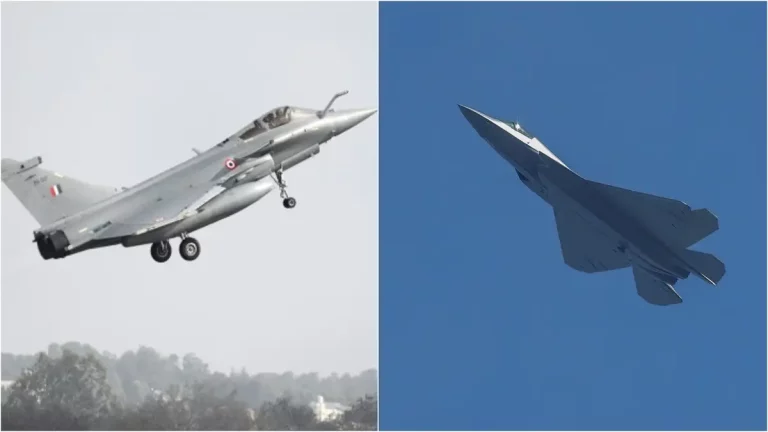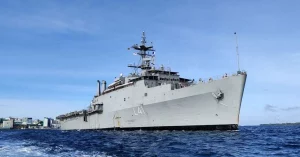India is set to launch a significant naval modernization initiative with the announcement from Mazagon Dock Shipbuilders Limited (MDL) about the upcoming next-generation destroyer acquisition program. This ambitious plan is expected to be formalized within the next year, with estimated costs ranging between ₹70,000 and ₹80,000 crore (approximately USD 8–9 billion). This investment marks one of the largest indigenous warship-building efforts in the nation’s maritime history.
The new class of destroyers, likely to be designated as Project-18 (Next Generation Destroyer – NGD) or as a continuation of the Project-15C series, aims to enhance India’s naval capabilities across the Indo-Pacific region. Each destroyer is anticipated to displace around 10,000 tons, making them some of the heaviest and most heavily armed surface combatants ever constructed in India.
One of the standout features of the new destroyers is their advanced vertical launch system (VLS), designed to accommodate more than 100 missile cells. This capability will support a range of munitions, including the supersonic BrahMos and future BrahMos-NG cruise missiles, land-attack missiles, and a comprehensive air defense network that integrates short-, medium-, and long-range surface-to-air missiles (SAMs). An upgraded version of the LR-SAM/MR-SAM (Barak-8 family) will also be featured, allowing for enhanced area defense.
Incorporating state-of-the-art sensors and combat systems, these vessels will utilize some of India’s most advanced indigenous technologies. This includes AESA-based multifunction radars from organizations like BEL and LRDE, next-gen sonar, electronic warfare suites, and soft-kill systems. Additionally, the combat management system will be fully networked, facilitating cooperative engagement and data fusion with submarines, aircraft, and unmanned systems. Collectively, these advancements position Project-18 as a critical element of India’s future maritime dominance.
On the propulsion front, the destroyers are expected to employ either Combined Gas and Gas (COGAG) systems or Integrated Full Electric Propulsion (IFEP), both options promising long-range and high-endurance blue-water capability. Stealth enhancements such as radar-absorbent materials and acoustic suppression will be incorporated to minimize detectability. Each vessel will also be equipped to operate two multi-role helicopters, bolstering anti-submarine warfare, intelligence, surveillance, and reconnaissance (ISR), and fleet support roles.
This naval project represents a significant boost for domestic shipbuilding and industry. For MDL, it ensures continuity and growth following the success of the Visakhapatnam-class (Project-15B). Moreover, the initiative will foster deeper collaboration with the Defence Research and Development Organisation (DRDO) and private industry, expanding opportunities for Tier-1 and Tier-2 Indian suppliers. It plays a pivotal role in the country’s objective of “Atmanirbhar Bharat,” by promoting indigenous warship design and production capabilities.
The Navy aims to induct eight next-generation destroyers into service, positioning them as central assets in future carrier battle groups and expeditionary task forces. As the older Delhi-class destroyers are set to retire in the next decade, these new vessels will form the backbone of India’s surface warfare and air-defense operations, anticipating operational use well into the 2040s and 2050s.
















